In a WSJ interview, Kansas City Fed Esther George said that with inflation at at 7.5% in January, and the benchmark interest a rate near zero, Fed’s policy is “out of sync”. But she said it’s too soon to say if Fed should hike by 50bps in March. She also hasn’t form a view on how much interest rate has to go up this year.
“What we have to do is be systematic,” George said. “It is always preferable to go gradual…Given where we are, the uncertainties around the pandemic effects and other things, I’d be hard-pressed to say we have got to get to neutral really fast.”
“If we get to March and the data says we should be talking about that [a half-point rate increase], I’m sure that will be in play, but I’m not sure that is the answer, per se, to how we get there,” George added.
She also dismissed the idea of holding an emergency FOMC meeting to raise interest rate. “I don’t know that I’d call the markets reacting to data an emergency here, because frankly, in my own forecast of looking where inflation was moving, the print was not a surprise,” she said.




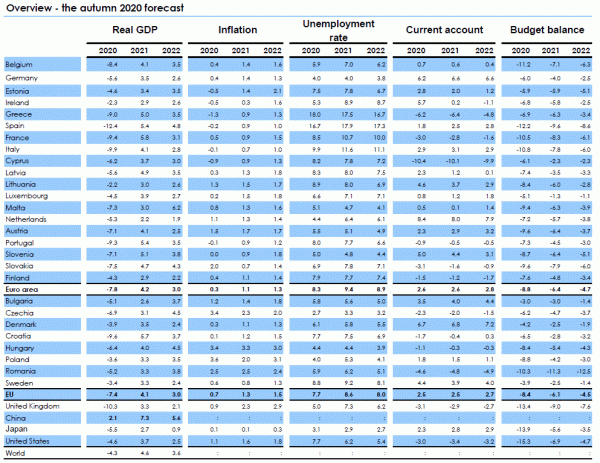
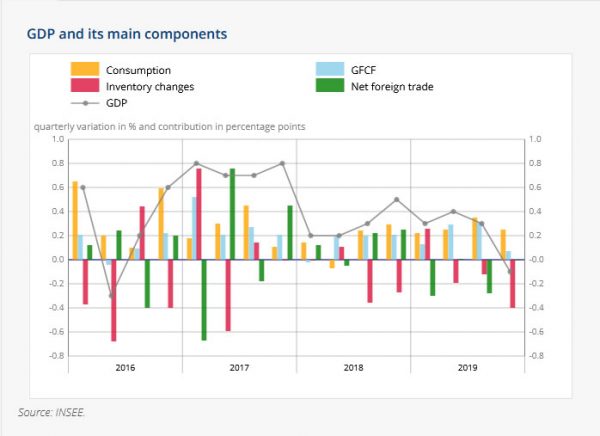
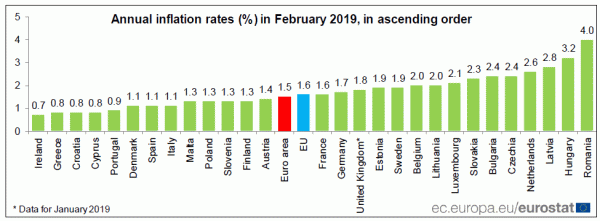
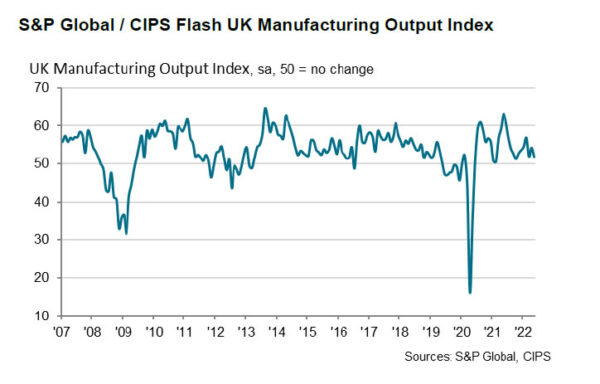
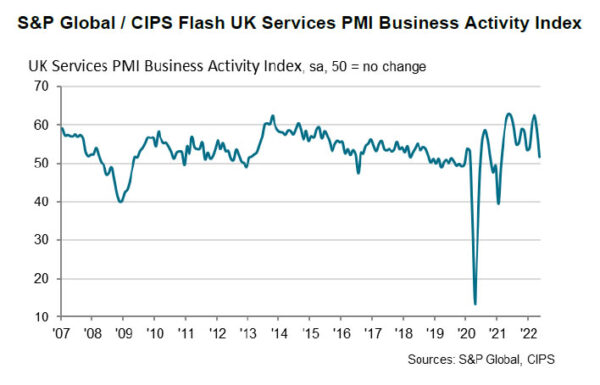
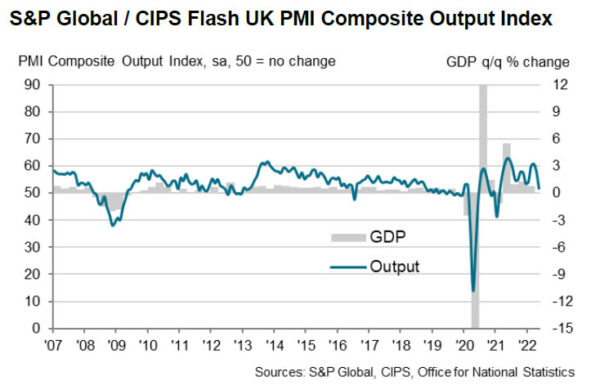
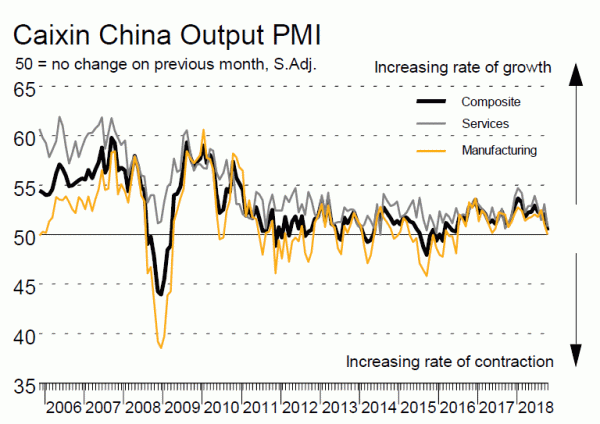
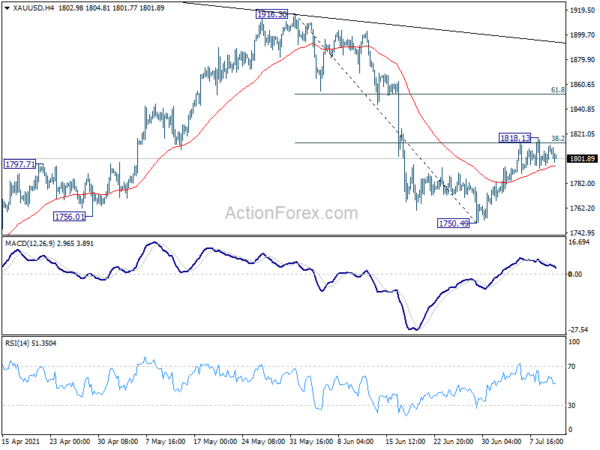
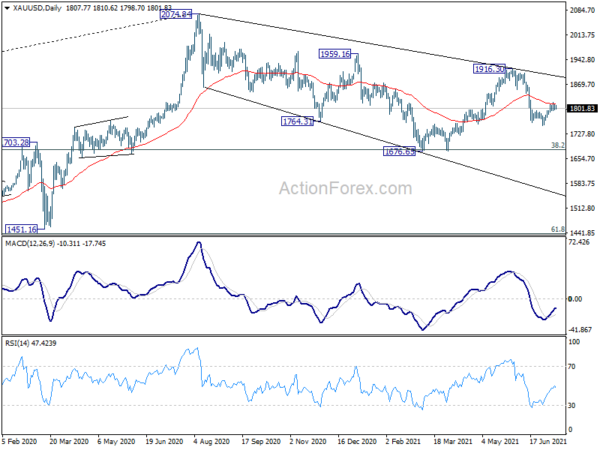
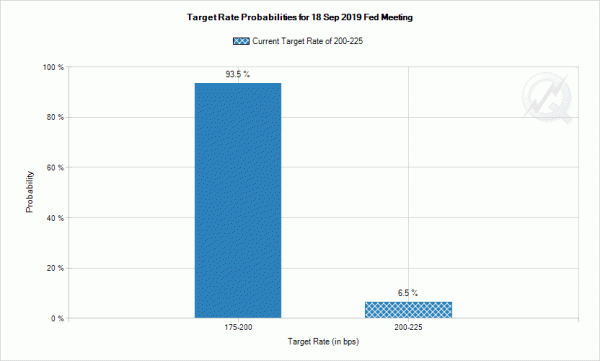
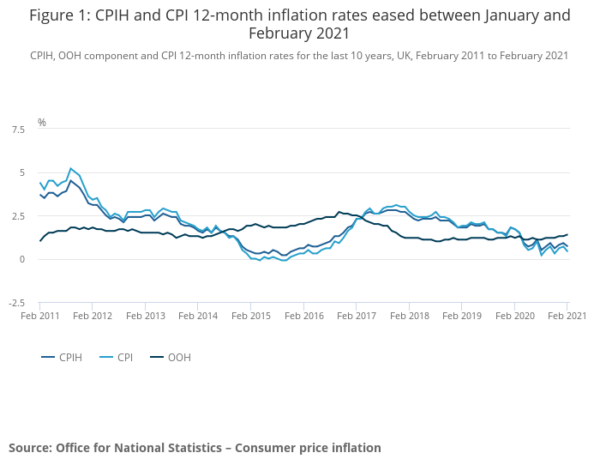
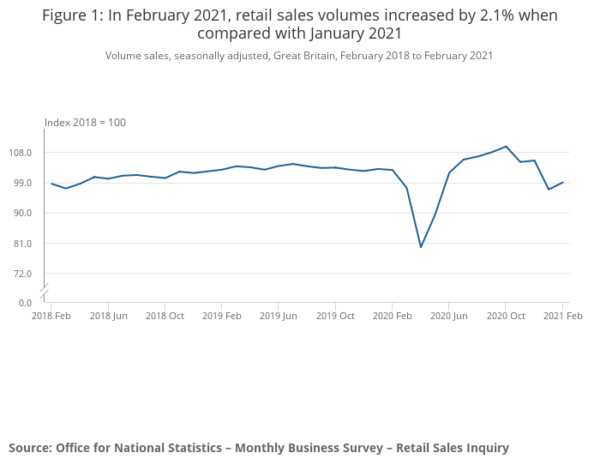
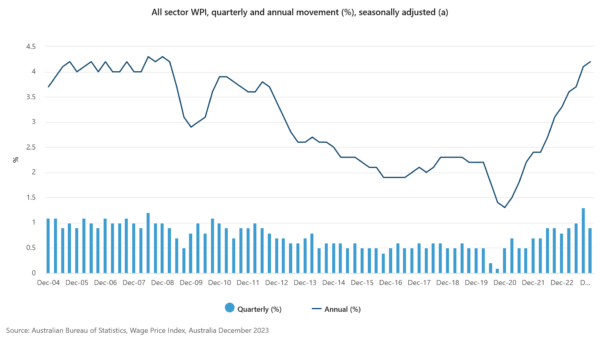
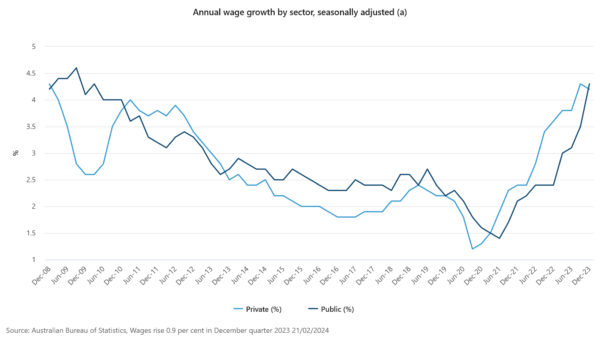

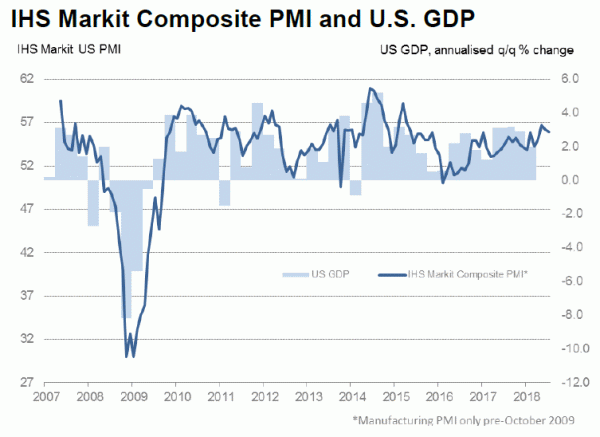

RBNZ removes some temporary liquidity facilities as financial market conditions improved significantly
RBNZ announced to remove some of the temporary liquidity facilities put in place during the COVID-19 pandemic. Measures include term auction and corporate open market operation (COMO) facilities, which allowed banks to borrow money in exchange for eligible corporate and asset-backed securities.
Head of Financial Markets Vanessa Rayner says, “Financial market conditions have improved significantly since March 2020 when these facilities were introduced and the usage of these special facilities has been very low in the last six months. In addition, the Large Scale Asset Purchase, Term Lending Facility, and Funding for Lending programmes have resulted in a significant increase in system liquidity and a lower cost of funding for banks.”
Full release here.